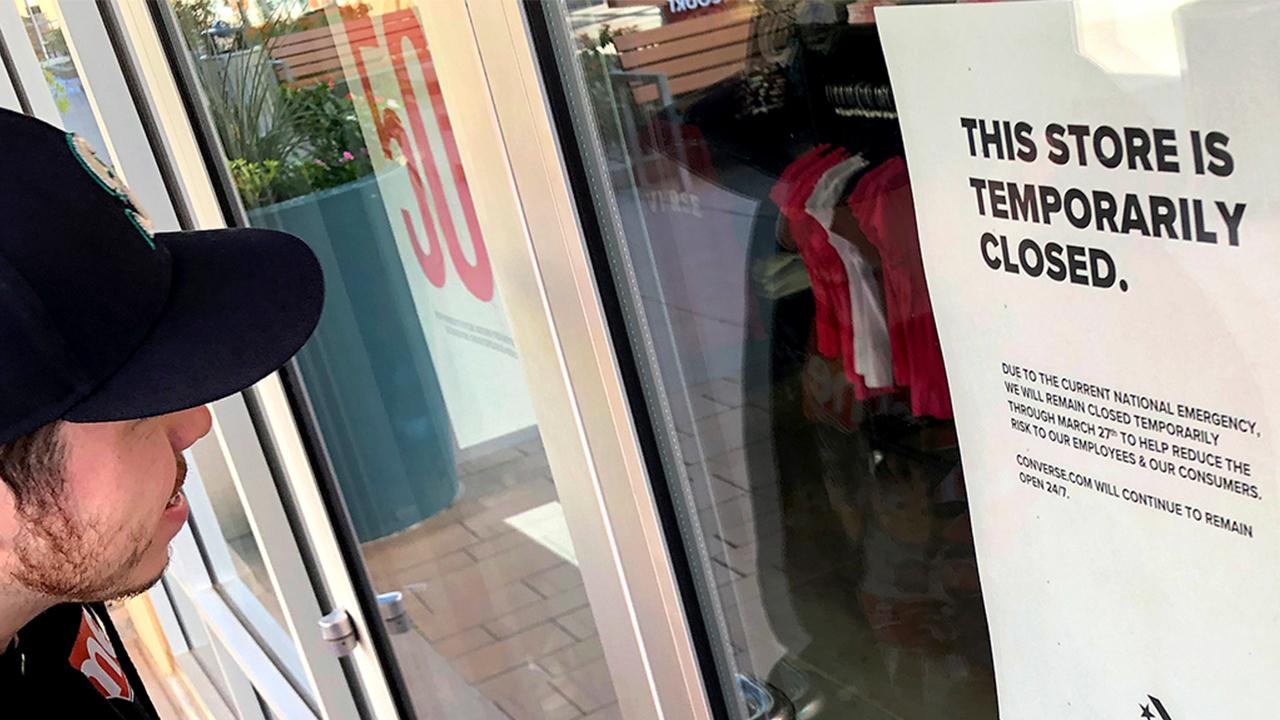This is what a ‘poor’ credit score looks like
Get all the latest news on coronavirus and more delivered daily to your inbox. Sign up here.
The coronavirus pandemic has pushed millions of Americans out of work and filing for unemployment, and only 69 percent of American renters were able to pay rent on time in April.
As companies across the United States shut their doors and furlough workers, many Americans are left wondering how they’ll buy essentials and pay bills. In March alone, 701,000 U.S. jobs were lost, breaking a decade-long record of employment.
Paying late or skipping payments on bills will likely cause credit scores to fall, which will affect a person's ability to open credit accounts, take out car loans or home mortgages, all of which are needed to help jumpstart the economy once the pandemic is over.
Even though President Trump signed the $2 trillion CARES Act stimulus package, which includes ramped-up unemployment benefits and individual payments to be distributed at a future date, some may wonder whether or not to use a credit card to hold them over.
CORONAVIRUS DEBT RELIEF NEEDS PRIVATE SECTOR INVOLVEMENT
Many credit card issuers, like American Express and Bank of America, are waiving payments, fees and interest for those struggling to pay, but it is still a good idea, in general, to be aware of your credit score, as it is a signal of your financial dependability.
Creditors mostly use FICO or VantageScore to gather data from Equifax, Experian and TransUnion and calculate scores based on financial decisions, like paying bills on time. Scores range from 300 to 850, depending on the scoring model.
THE BEST TIME TO SELL YOUR SECOND HOME
A score in the range of 800 to 850 is considered “exceptional”. A score from 740 to 799 is “very good,” a score from 670 to 739 is “good,” and a score from 580 to 699 is “fair.”
Any score ranging from 300 to 579 is considered “very poor.”
CLICK HERE TO GET FOX BUSINESS ON THE GO
The average FICO credit score in 2019 was 706 while the average VantageScore was 682.
If you’re looking to improve your score, pay bills on time and in full and also look to reduce your utilization rate, which is the ratio of how much you spend versus your card’s limit.





















